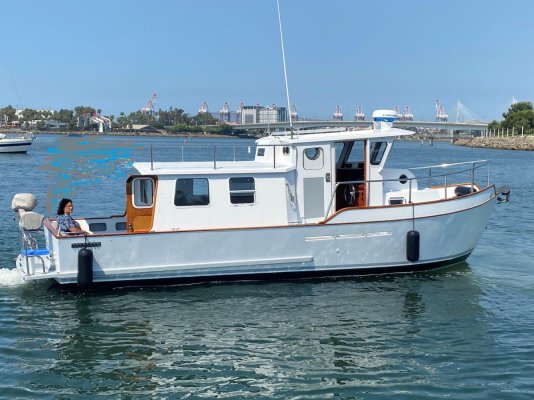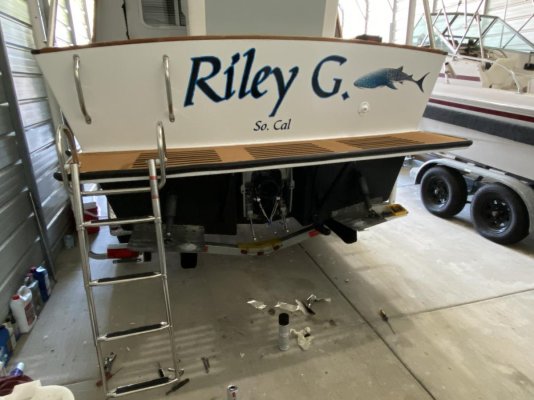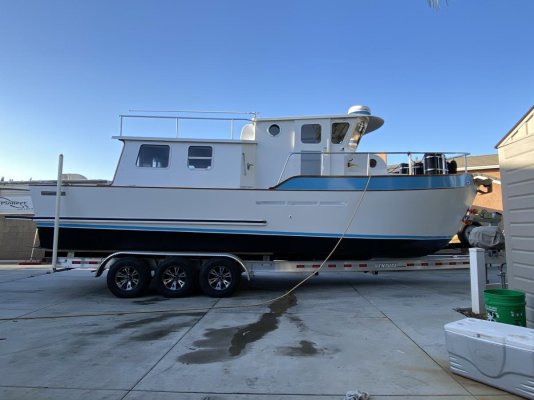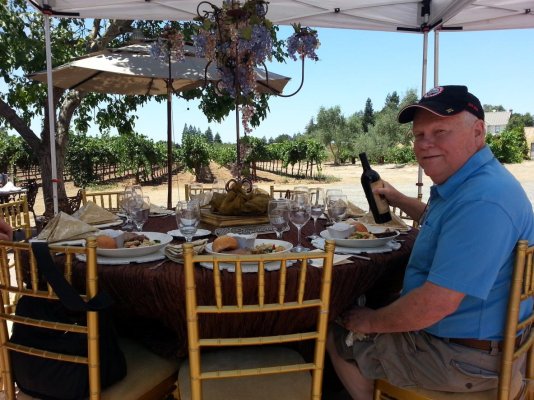Sweet marie
Veteran Member
- Joined
- Oct 4, 2012
- Messages
- 71
- Location
- Usa
- Vessel Name
- Riley G
- Vessel Make
- 29 Guilles (custom built)
I have been performing a lot of routine maintenance on the VP d4 diesel that powers my boat. The older I get the more I hate contorting myself and scraping up my arms and hands trying to get things done in tiny spaces. It seems that performing PM is an after thought for most marine engines and engine installations. I have it better than most because the engine is coupled to a stern drive and is not buried in the hull. It gets me thinking about outboard power. Modern outboards are incredibly reliable, quiet, and fairly economical. The one thing I can’t get over is how they look hanging so far back on the transom, especially on a traditional pocket trawler like mine. An outboard would free up a ton of cockpit space and save about 900 pounds in weight. Does anybody else think that they have no place on a traditional looking boat? Any opinions would be welcome.




